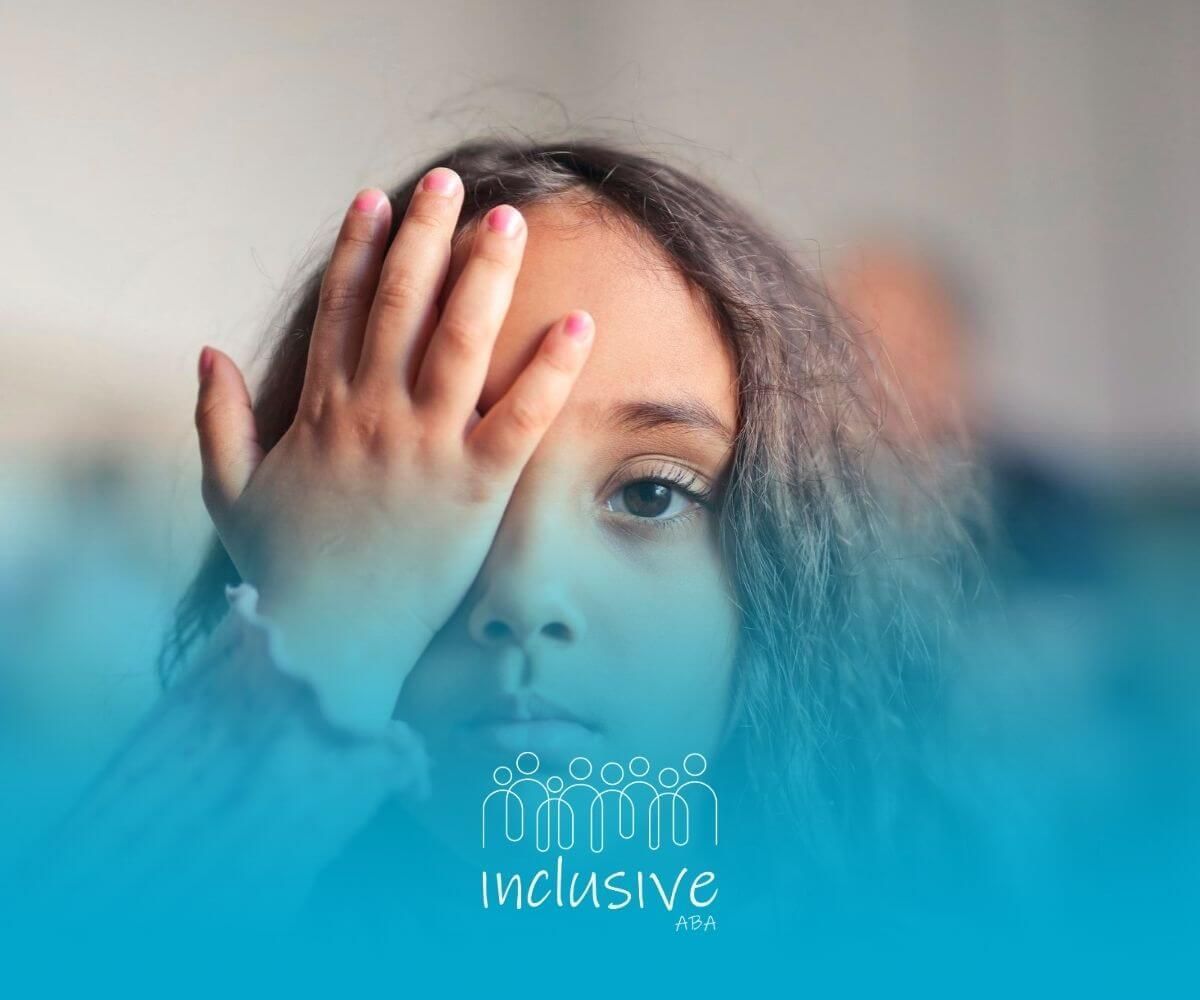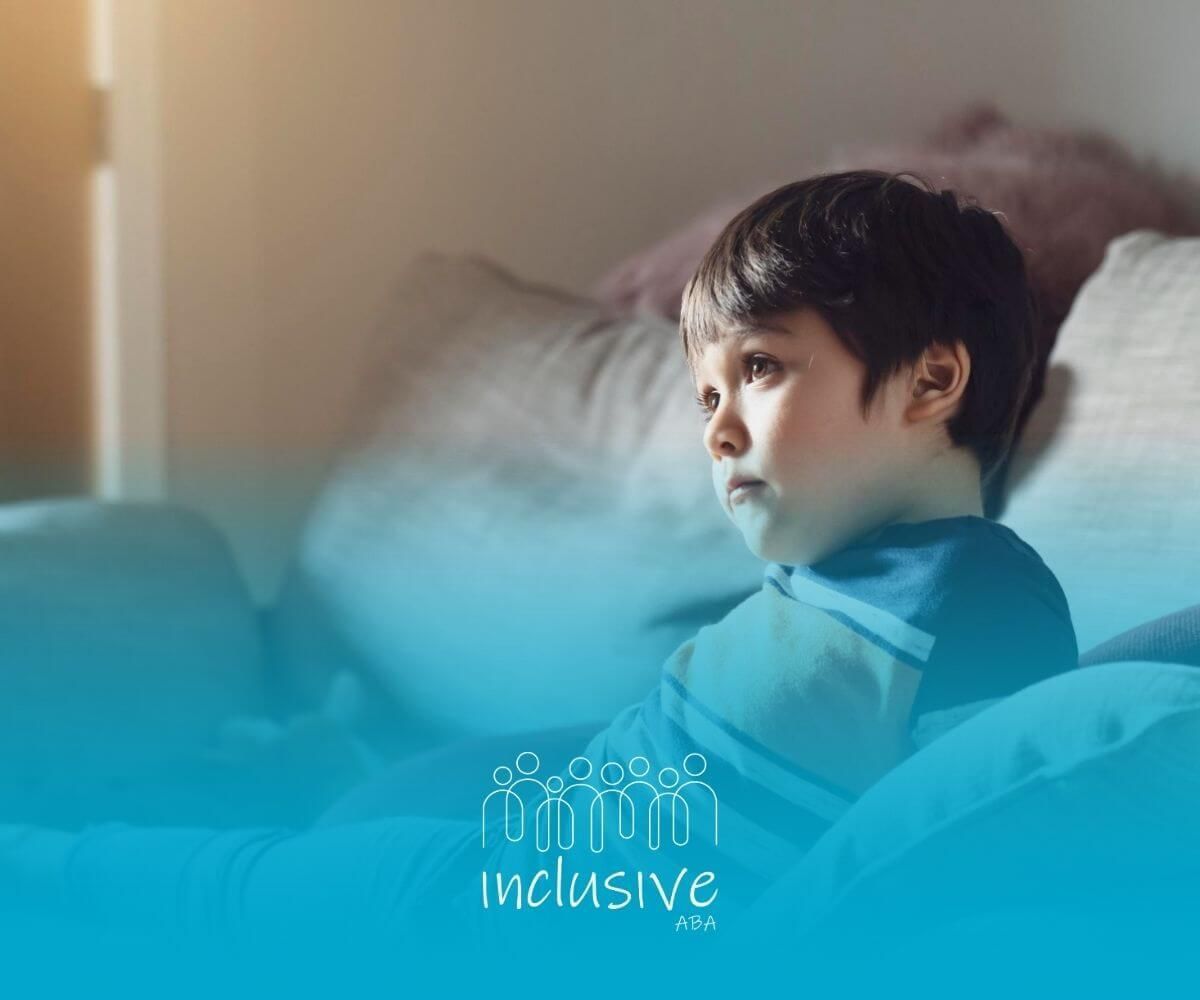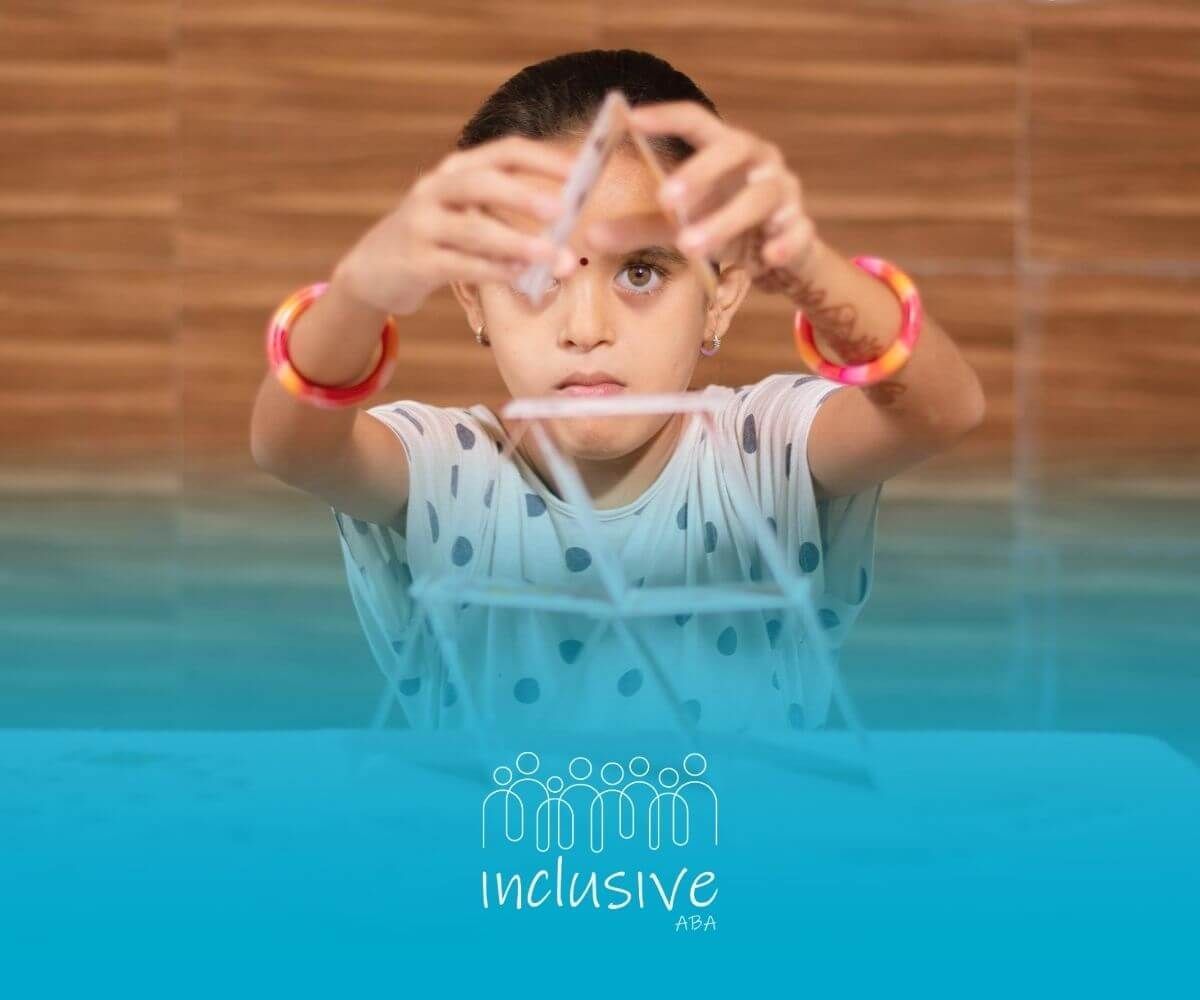Honoring Autism Awareness Day: Facts, Stories, and Action Steps
Autism Awareness Day may have passed, but its purpose continues to inspire action and reflection. As someone who works closely with autistic individuals and their families, I know how important it is that we carry the spirit of this day into everything we do—every conversation we have, every opportunity we take to foster understanding.
This annual observance is more than a date on the calendar. It's a reminder of the power of inclusion, the need for continued education, and the importance of recognizing the unique strengths that autistic individuals bring to our communities.
Understanding Autism Awareness Day
The Significance of Autism Awareness Day
As someone working in the field of applied behavior analysis, I can tell you firsthand how powerful Autism Awareness Day can be. Observed every April 2, this day gives us a chance to bring Autism Spectrum Disorder (ASD) into the spotlight—to raise awareness, spark meaningful conversations, and encourage acceptance and understanding in our communities.
It's more than just a symbolic day on the calendar. It's a movement—a chance to show solidarity with autistic individuals, their families, and the professionals who support them.
Whether it's through school assemblies, family-friendly events, or lighting landmarks in blue, this day reminds us all that embracing neurodiversity isn't just the right thing to do—it's essential for creating an inclusive society.
A Look at the History and Purpose
Autism Awareness Day was officially declared by the United Nations General Assembly in 2007. From the very beginning, the purpose was clear: raise awareness about autism on a global scale and advocate for early diagnosis, timely intervention, and better support systems.
In my work, I’ve seen the life-changing impact that early intervention for autism can have on a child’s development. That’s why this day matters—it calls attention to the urgent need for action and systemic support. At its core, Autism Awareness Day seeks to:
- Improve public understanding of autism and its impact
- Advocate for timely diagnosis and intervention
- Support the rights of individuals with autism
- Promote funding and research for better resources
These aren’t just lofty goals—they’re necessary steps toward building a more compassionate and supportive world for those on the spectrum.
Facts About Autism
Understanding the Prevalence of Autism
One of the questions I often hear from parents is, “Just how common is autism?” And it’s a fair question. Over the years, we've seen a steady increase in autism diagnoses, which reflects both improved awareness and better diagnostic practices.
Take a look at these numbers:
Autism Prevalence Trends (2016-2024)
Tracking the changing rates of autism diagnosis in children based on CDC ADDM Network data
Prevalence Trend (2016-2024)
Prevalence Data Timeline
| Year | Prevalence Rate | Change | Source |
|---|---|---|---|
| 2016 | 1 in 68 children | Baseline | CDC ADDM |
| 2018 | 1 in 59 children | +15% from 2016 | CDC ADDM |
| 2020 | 1 in 54 children | +26% from 2016 | CDC ADDM |
| 2022 | 1 in 51 children | +33% from 2016 | CDC Preliminary |
| 2024 | 1 in 48 children* | Projected +41% from 2016 | Research Estimate |
These stats help illustrate the growing recognition of autism. It’s not necessarily that more children have autism, but rather that more children are being identified and supported—which is a step in the right direction.
Myths vs. Facts About Autism
In my experience, misconceptions about autism can be incredibly damaging. That’s why part of my job involves helping families and educators separate fact from fiction. Let’s break down some of the most common myths:
Autism Myths vs Facts
Separating common misconceptions from evidence-based realities about autism spectrum disorder
MYTH: Autism is caused by vaccines
This persistent myth originated from a now-retracted and discredited 1998 study. Despite being thoroughly debunked, it continues to cause unnecessary fear.
FACT: No connection between vaccines and autism
Extensive research involving millions of children across multiple countries has shown zero connection between vaccines and autism. The actual causes of autism involve genetic and environmental factors, not immunizations.
MYTH: People with autism cannot communicate
This misconception stems from limited understanding of neurodiverse communication styles and the wide spectrum of autism presentations.
FACT: Diverse communication methods exist
Many individuals with autism communicate effectively—some verbally, others through assistive devices, sign language, or alternative communication methods. Communication differences don't equal inability.
MYTH: Autism only affects children
This myth persists because autism is often diagnosed in childhood and receives more public attention in pediatric contexts.
FACT: Autism is a lifelong condition
Autism is a neurodevelopmental difference present from childhood through adulthood. While symptoms may change and coping strategies improve, autistic individuals don't "grow out of" autism.
MYTH: All autistic people have intellectual disabilities
This stereotype comes from outdated assumptions and limited understanding of the autism spectrum's diversity.
FACT: Autism spans all intelligence levels
Autism is a spectrum affecting people across all IQ ranges. Many have average or above-average intelligence. Some demonstrate exceptional skills in specific areas.
When we replace fear and misinformation with facts, we create space for understanding—and that’s where real change begins.
Importance of Autism Awareness
Promoting Acceptance and Inclusion
One thing I always stress is that awareness alone isn’t enough. We need acceptance, too. That means making sure autistic individuals feel welcome—not just in schools, but in workplaces, places of worship, and every corner of society.
When we educate ourselves and others, we start breaking down harmful stereotypes. We learn to celebrate strengths instead of focusing on differences.
In schools, for example, simple inclusion practices can help students with autism feel supported. In workplaces, a little understanding can go a long way in creating opportunities for individuals who may think or communicate differently.
Supporting Individuals with Autism
Support comes in many forms, and it’s absolutely vital. From evidence-based therapies to individualized education plans (IEPs) to social skill-building programs, these resources give autistic individuals the tools to thrive.
I’ve worked with countless families who go above and beyond to find the right support for their children. But families need support, too—whether it's from community groups, advocacy organizations, or just having someone to talk to who “gets it.”
And let’s not forget peer connections. Encouraging friendships, promoting inclusive activities, and providing social coaching can make a world of difference in someone’s quality of life.
Spreading Awareness
Activities and Events on Autism Awareness Day
April 2 is always a special day, packed with creativity, compassion, and community spirit. Here are some popular activities you might see (or even join!):
- Walks and Runs – These are great for fundraising and community-building.
- Workshops and Seminars – Perfect for learning more about autism, often led by professionals or self-advocates.
- Social Media Campaigns – A powerful way to share facts, personal stories, or shout-outs to amazing autistic individuals in your life.
- Art Exhibitions – Autistic artists often express themselves beautifully through creative works.
- Community Picnics or Fairs – Great family-friendly events that bring people together in support of autism acceptance.
How You Can Get Involved
You don’t have to be a professional to make a difference. If you’re wondering how to support the autism community, here are a few simple yet impactful ways:
- Educate yourself and share what you learn.
- Volunteer at local autism support centers or events.
- Donate to reputable autism-focused organizations.
- Advocate for inclusive policies in your community.
- Wear blue on April 2 to show your support—it’s a simple gesture that can spark powerful conversations.
Every little action counts. Whether it’s sharing a social media post or attending a local event, your involvement matters more than you know.
Moving Forward
Advocacy for Autism Awareness
Advocacy is at the heart of autism awareness. In my field, I’ve seen firsthand how passionate advocates can move mountains—pushing for better school support, healthcare access, and employment opportunities for autistic individuals.
Whether it's speaking up at a school board meeting or supporting legislation that protects neurodivergent individuals, autism advocacy helps shape a more equitable future.
Here’s where advocacy makes a difference:
- Education – Ensuring students with autism receive individualized and inclusive support.
- Employment – Creating pathways for meaningful and accessible work.
- Healthcare – Promoting early diagnosis, effective therapies, and compassionate care.
Continued Efforts for Understanding and Acceptance
Awareness doesn’t stop on April 2. In fact, the real work begins after the events end. Year-round, I encourage people to stay curious and keep learning.
Whether it’s attending a local autism-friendly event or simply checking in with a parent raising an autistic child, these actions help nurture a culture of empathy. Ongoing efforts can include:
- Hosting
community workshops
- Leading
school-based initiatives
- Supporting
neurodiversity in hiring practices
- Amplifying voices from the autistic community
The more we listen, learn, and uplift, the closer we get to a world where autism is not just accepted—but embraced.
FAQs
What is Autism Awareness Day and why is it important?
Autism Awareness Day, observed on April 2, helps raise understanding about autism spectrum disorder and promotes inclusion and support for autistic individuals.
How can I participate in Autism Awareness Day?
You can join awareness events, wear blue, share educational content, donate to autism organizations, or simply have meaningful conversations that challenge stereotypes.
Who created Autism Awareness Day and when?
Autism Awareness Day was established by the United Nations in 2007 to encourage global awareness and foster better support for those with autism and their families.
Sources:
- https://www.un.org/en/observances/autism-day
- https://www.autismspeaks.org/world-autism-awareness-day
- https://www.autismspeaks.org/blog/why-you-should-wear-blue-april-2-world-autism-awareness-day
- https://www.sagepub.com/explore-our-content/blogs/posts/asia-pacific-insights/2024/11/22/world-autism-awareness-day
- https://ideasatdom.wustl.edu/autism-acceptance-world-autism-awareness-day/
- https://www.whitehouse.gov/presidential-actions/2025/04/world-autism-awareness-day-2025/
Looking for Expert Help? We're Here for You!
Our compassionate and skilled team is devoted to enhancing your child's development through customized ABA therapy. Let us partner with you to create a supportive environment for your child's success.
Discover how we can help your family thrive with expert ABA therapy.
Related Posts







